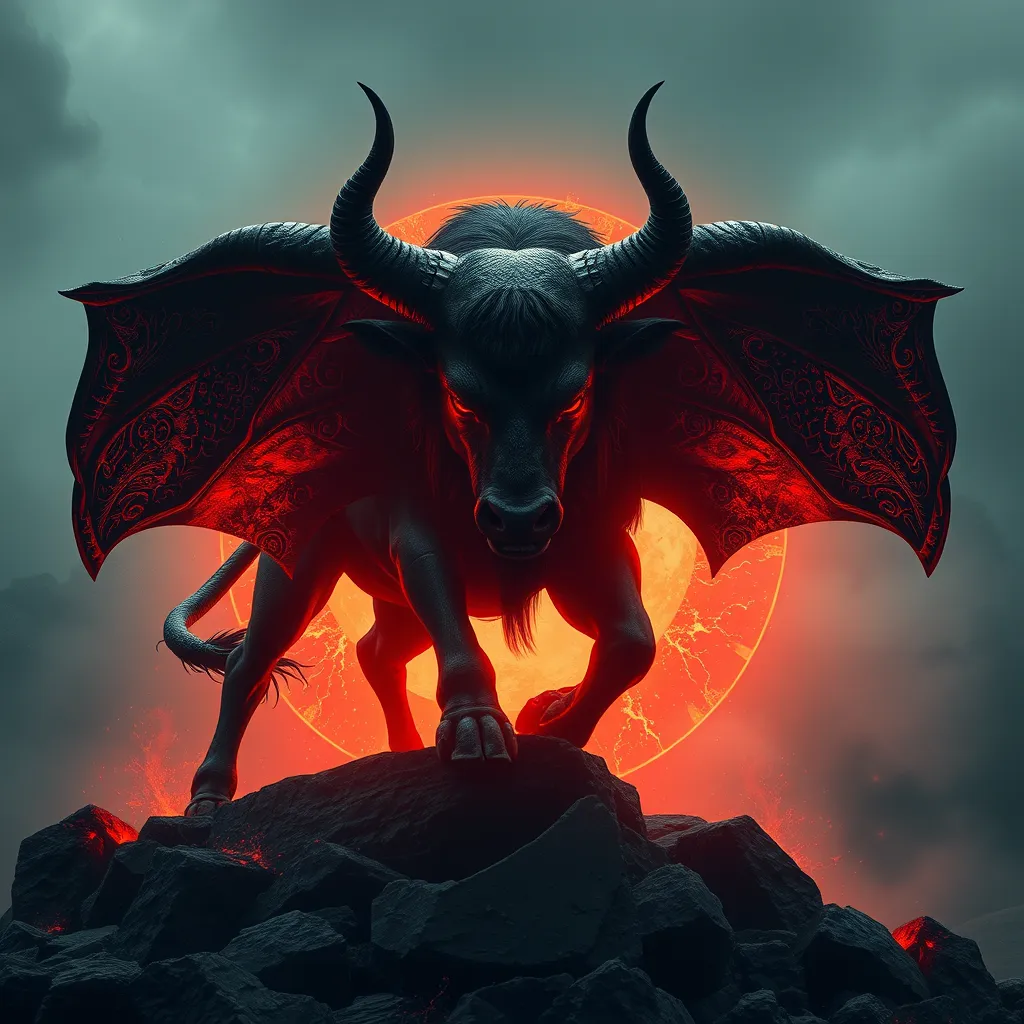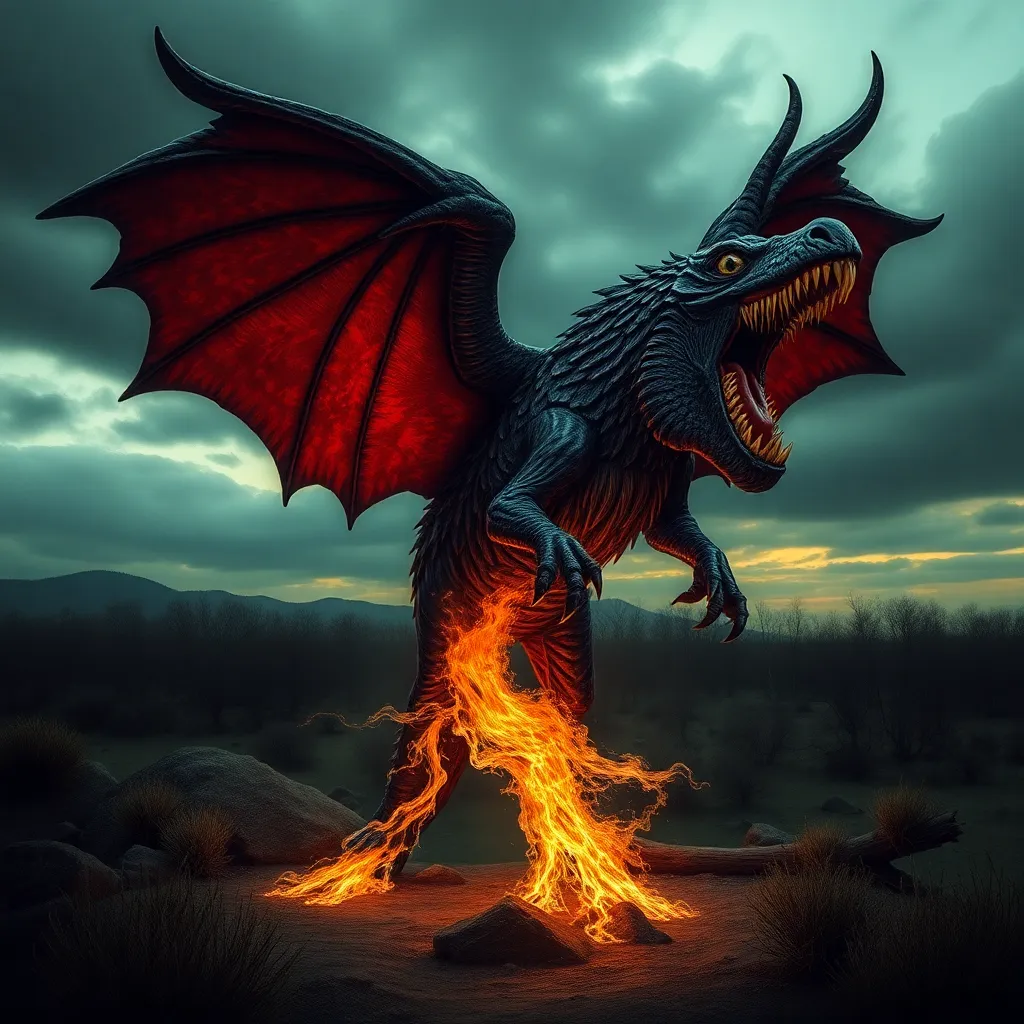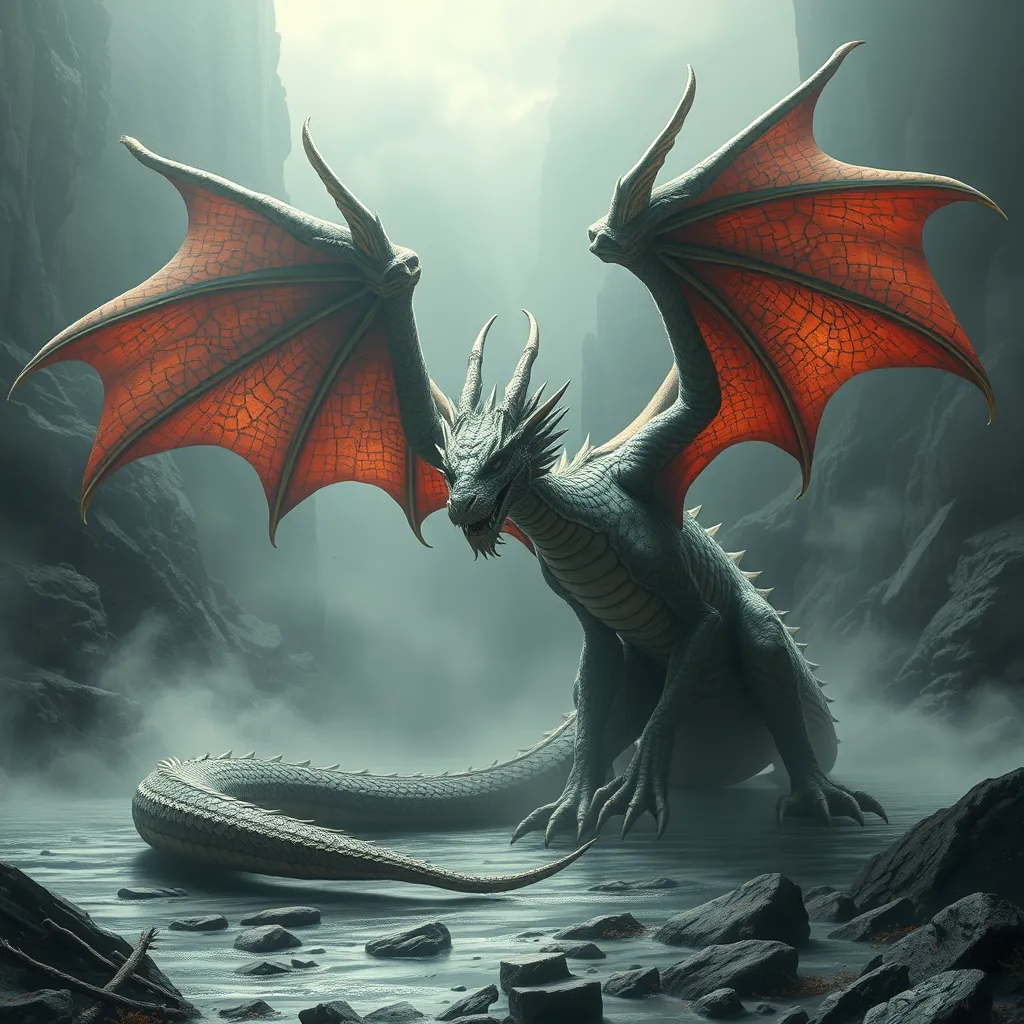The Minotaur: A Symbol of Fear, Power, and the Unknowable
I. Introduction
The Minotaur, a creature from Greek mythology, has captivated imaginations for centuries. This half-man, half-bull figure is known for residing in a complex labyrinth designed by Daedalus. The myth of the Minotaur encompasses themes of isolation, sacrifice, and heroism, while also providing crucial insights into human psychology and societal structures.
In cultural contexts, the Minotaur serves not only as a fascinating tale but also as a powerful symbol of fear, authority, and the enigmatic aspects of human existence. As we delve into the intricacies of this myth, we will uncover how the Minotaur reflects our deepest fears and the complexities of power dynamics, ultimately revealing the unknowable nature of humanity itself.
II. Historical Context of the Minotaur Myth
The origins of the Minotaur myth can be traced back to ancient Greek civilization, where it was interwoven with the beliefs and practices of the time. The story begins with King Minos of Crete, who, after receiving a magnificent bull from Poseidon, failed to sacrifice it as promised. In revenge, Poseidon cursed Minos’ wife, Pasiphaë, to fall in love with the bull, leading to the birth of the Minotaur.
According to the myth, King Minos had a labyrinth constructed to contain the beast, symbolizing both his power and his inability to confront the consequences of his actions. This labyrinth became a site of sacrifice, where Athenian youths were sent to face the Minotaur, illustrating the fear and respect surrounding this monstrous figure.
III. The Minotaur as a Symbol of Fear
The Minotaur embodies primal fears that resonate throughout human history. Its monstrous form represents the darker aspects of humanity, and the labyrinth serves as a metaphor for confusion, disorientation, and dread. The journey into the labyrinth can be seen as a reflection of our inner struggles, forcing individuals to confront their fears in a tangible form.
- Embodiment of Primal Fears: The Minotaur represents the fear of the unknown and the chaos that lies within us all.
- The Labyrinth: It symbolizes the complexity of human emotions and experiences, often leading to feelings of entrapment.
- Psychological Implications: Encountering the Minotaur can be interpreted as a necessary confrontation with one’s own fears and shadow self.
IV. Power Dynamics in the Minotaur Myth
In the Minotaur myth, power dynamics play a crucial role. The creature itself can be viewed as a representation of King Minos’ authority, a symbol of the power he wields over both the beast and his subjects. The relationship between Minos, the Minotaur, and the Athenians illustrates the consequences of unchecked power.
Minos’ reliance on the Minotaur as a tool of control reflects the darker aspects of leadership, where power is maintained through fear. The sacrifices of Athenian youths highlight the vulnerability of those subjected to such authority, serving as a cautionary tale about the abuse of power.
V. The Unknowable: The Minotaur’s Dual Nature
The Minotaur’s existence as a hybrid creature raises profound questions about identity and the nature of the ‘Other.’ Straddling the line between human and beast, the Minotaur embodies the duality of existence, challenging the boundaries of what it means to be human.
- Blending of Human and Beast: The Minotaur represents the struggle between civilized behavior and primal instincts.
- Themes of Identity: The creature’s dual nature invites exploration into the complexities of self and the aspects we choose to suppress.
- Concept of the ‘Other’: The Minotaur serves as a metaphor for societal fears of those who are different or misunderstood.
VI. The Minotaur in Contemporary Culture
The Minotaur continues to influence contemporary literature, art, and popular culture. Its rich symbolism allows it to be reinterpreted in various contexts, making it a versatile figure in modern storytelling.
Modern adaptations often explore themes of alienation, identity, and the struggles against societal expectations. The Minotaur’s presence in contemporary narratives serves as a reminder of the enduring relevance of myth in examining human experiences.
VII. Psychological Interpretations of the Minotaur
In the realm of psychology, the Minotaur can be interpreted through the lens of Jungian archetypes. It represents the shadow self—the parts of our psyche that we often deny or repress. By confronting the Minotaur, individuals engage in a process of self-discovery and acceptance.
- Jungian Archetype: The Minotaur embodies the shadow, inviting exploration of our fears and hidden aspects.
- Shadow Self: The myth encourages individuals to confront their inner demons rather than evade them.
- Modern Psychological Discourse: The Minotaur remains relevant in discussions about identity, fear, and the complexities of human nature.
VIII. Conclusion
In summary, the Minotaur serves as a powerful symbol of fear, power, and the unknowable aspects of human existence. Its multi-faceted nature allows for deep psychological exploration, revealing insights into our primal fears and the dynamics of authority. As a lens through which to examine human nature, the Minotaur myth remains a relevant and thought-provoking narrative.
The enduring power of myths, such as that of the Minotaur, continues to illuminate our understanding of ourselves and the world around us. Through this exploration, we are reminded of the complexities of fear, the nature of power, and the mysteries that lie within the human experience.



